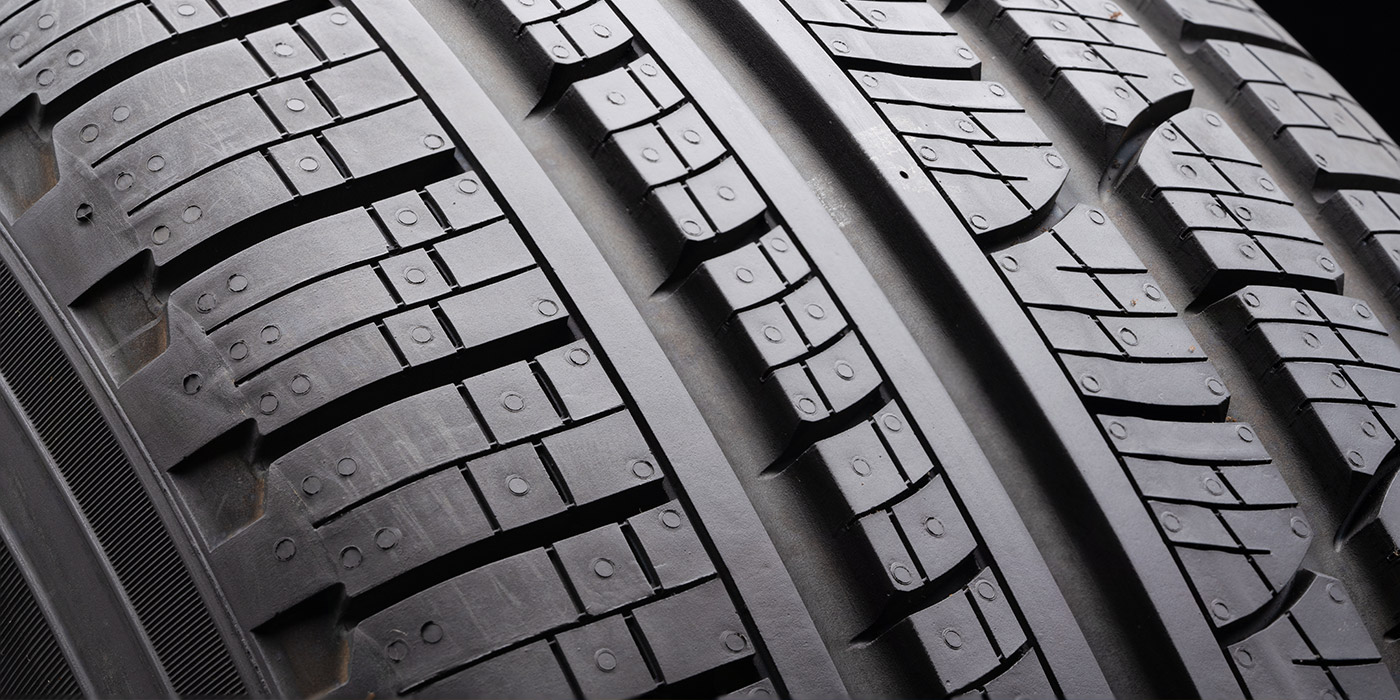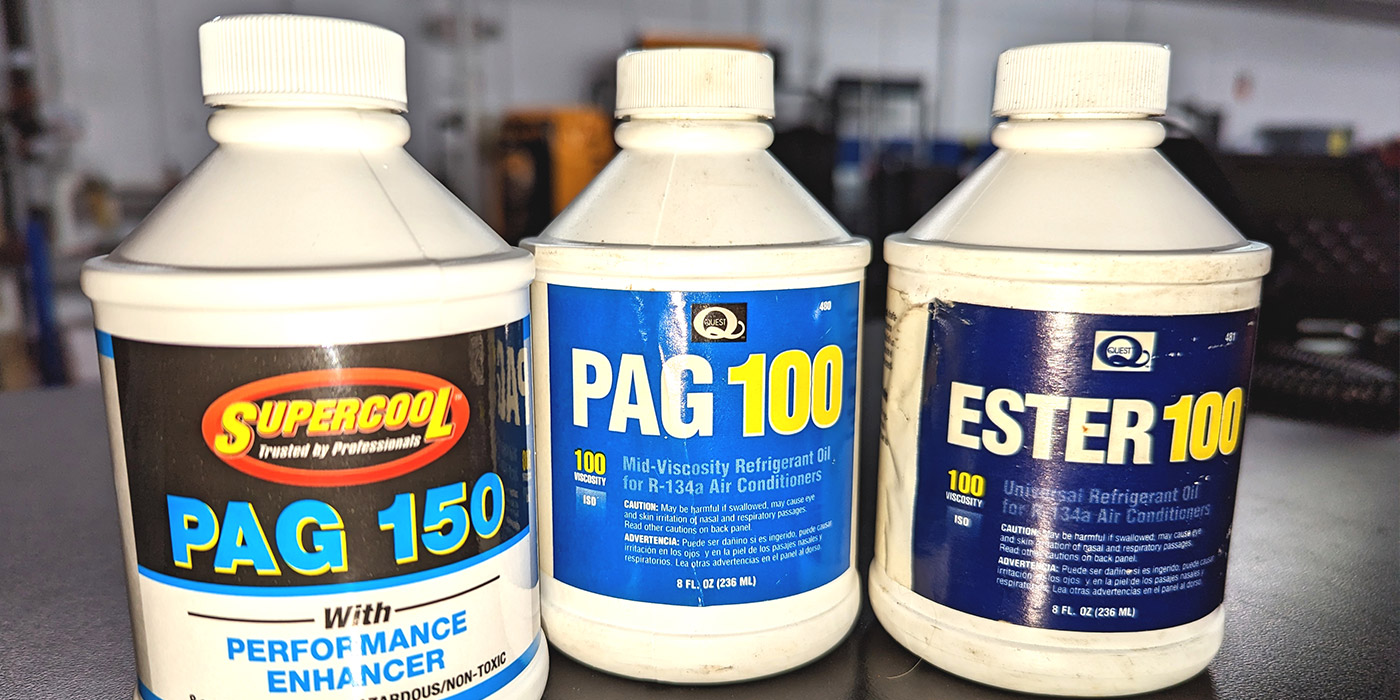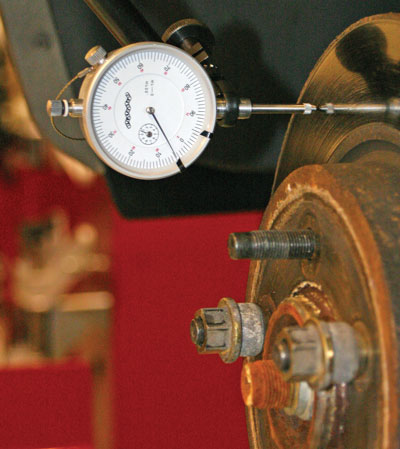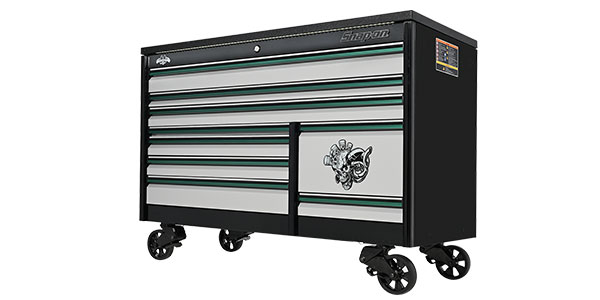A Story of Codes P0302, 04, 06, 08 & 03

This month’s diagnostic journey begins with a 2008 Land Rover Discovery that is taken in to a local testing facility for an emission test and fails due to a series of misfire codes.
Misfire activity is found on cylinders 2, 4, 6, 8 and 3; at first glance this series of codes implies that there may be bank 2 issues, but the cylinder 3 code throws a wrench into that mode of thought.
The vehicle appears to run fairly well at idle, but when taken for a test drive, does not perform well. When the rpms are raised in the service bay, a strange metallic sound can be heard coming from the engine. The scan data, as well as freeze-frame data, is reviewed and it shows that only cylinder 6 is shown as the guilty party.
The beginning of this puzzle has been revealed, but why are there codes for other cylinders in reference to misfire activity, but no evidence of what is causing it?

The first test performed on this Land Rover was a conventional compression test, which showed consistent good activity on all of the cylinders that were tested. The test drive revealed that the vehicle tends to lose power as it is driven down the road. It is clear that more information is needed, so the technician decided to return the vehicle to the service bay for further analysis.
The tech had a strong feeling that this might be an ignition issue, so he replaces the spark plug and coil for cylinder 6. The vehicle also receives a PCM for this fault.
Note: This work was performed prior to my involvement with this vehicle. Once the technician hit a dead end in his diagnosis, I was called in to help.
I then started to compile a plan of action for this vehicle by checking the mechanical, ignition and fuel systems. I felt a good place to start was engine mechanical; I focused first on cylinder 6. I chose cylinder 3 as a reference for known-good activity.
Figure 1 shows the results of testing cylinder 3; while cranking the engine over, there was no adverse activity noted.

The vehicle was started and a running test was performed. Figure 2 shows the results of the running test.
I then decided to do a throttle snap test to let it serve as a reference as well. Figure 3 shows this activity.

I then proceeded to cylinder 6 and started the process of performing all three tests. Figures 4 and 5 explain the story. In Figure 4, the vehicle is running at idle; I then performed a throttle snap, shown in Figure 5. It is quite clear what is going on at this point.
Figure 5 tells a story of an exhaust valve that appears to barely open. This creates an issue where exhaust pressure will enter the intake manifold once the intake valve opens in reference to the intake stroke for cylinder 6.
It’s interesting to note that cylinder 3 is also on its intake stroke during this time, which explains the misfire activity on cylinder 3.
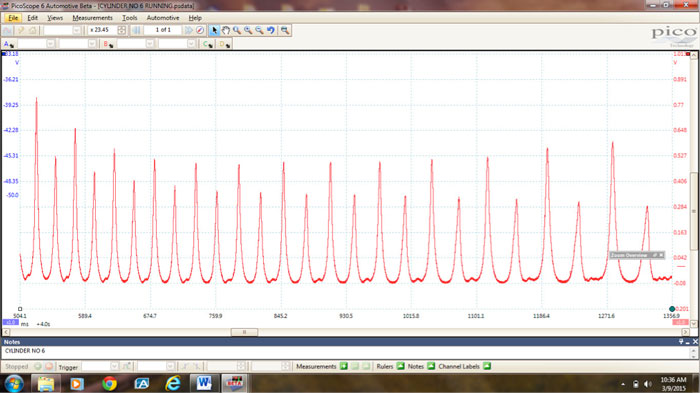
When I asked the technician if he was doing some testing on the vehicle in reference to the other cylinders, he stated he caused the codes on cylinders 2, 4 and 8. It appears that our engine has a mechanical condition on only one cylinder.
Our Pulling Codes case is now solved.




